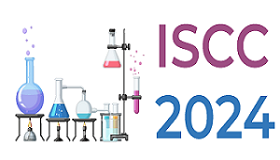Surface science approaches
Surface science approaches refer to a set of techniques and methodologies used to understand the physical and chemical properties of surfaces at the atomic and molecular level. These approaches are essential in a wide range of scientific disciplines, including materials science, chemistry, physics, and even biology. By applying surface science tools such as scanning tunneling microscopy (STM), X-ray photoelectron spectroscopy (XPS), and Auger electron spectroscopy (AES), researchers can investigate surface phenomena like adsorption, desorption, catalysis, and corrosion. Surface science approaches provide valuable insights into the mechanisms behind surface reactions and can help design efficient catalysts, improve materials' performance, or develop new functional coatings. With their ability to manipulate surfaces on an atomic scale, surface science approaches contribute significantly to the advancement of various industries such as electronics, energy storage systems, environmental monitoring devices, healthcare technologies, and many others.
Keywords
· Single crystals
· Reactivity
· Surface Modification
· Characterization
· In situ, operando
· Pressure gap
· Materials gap
· Electrochemistry
· Kinetics
